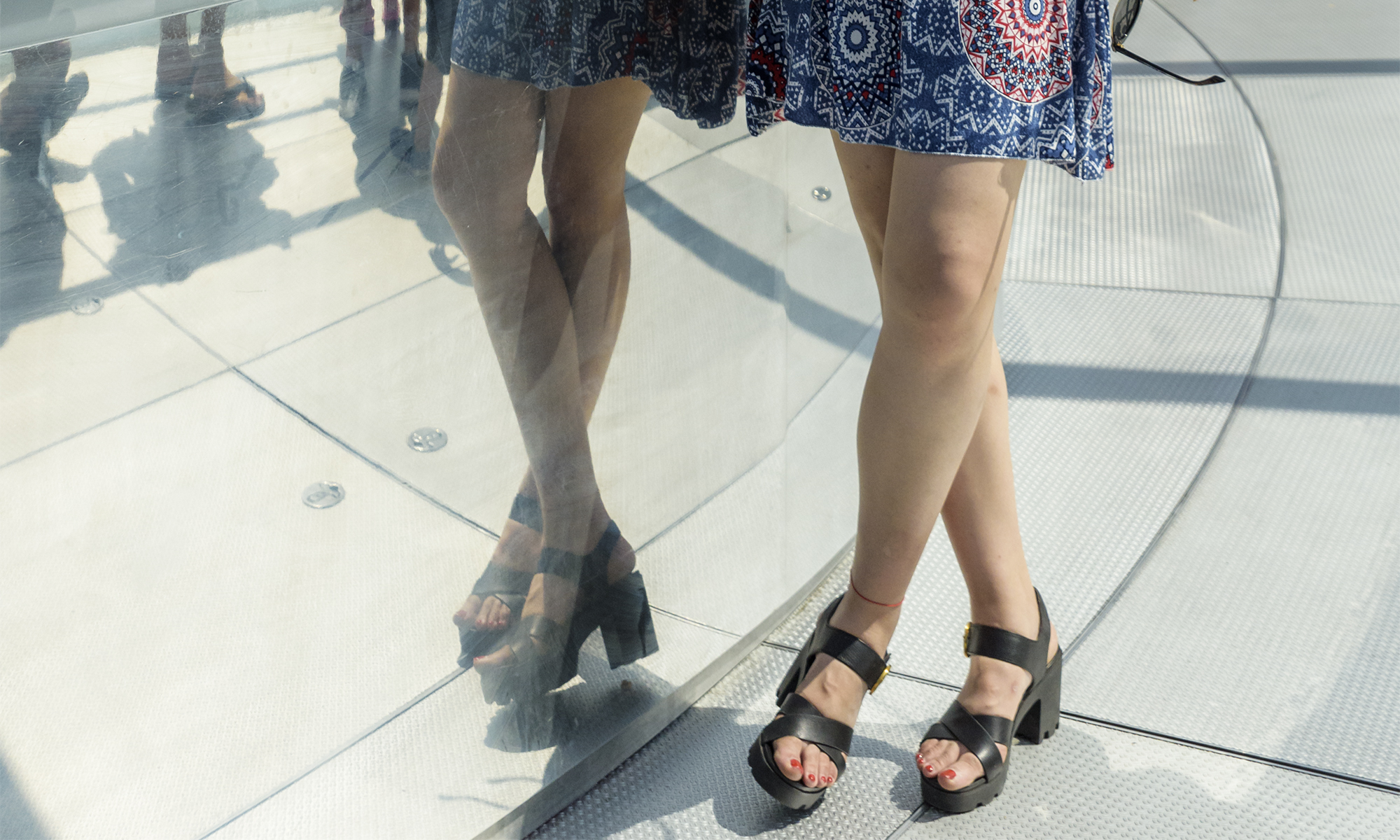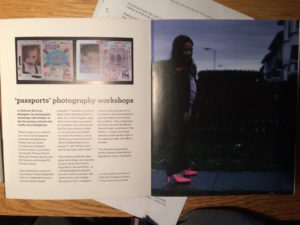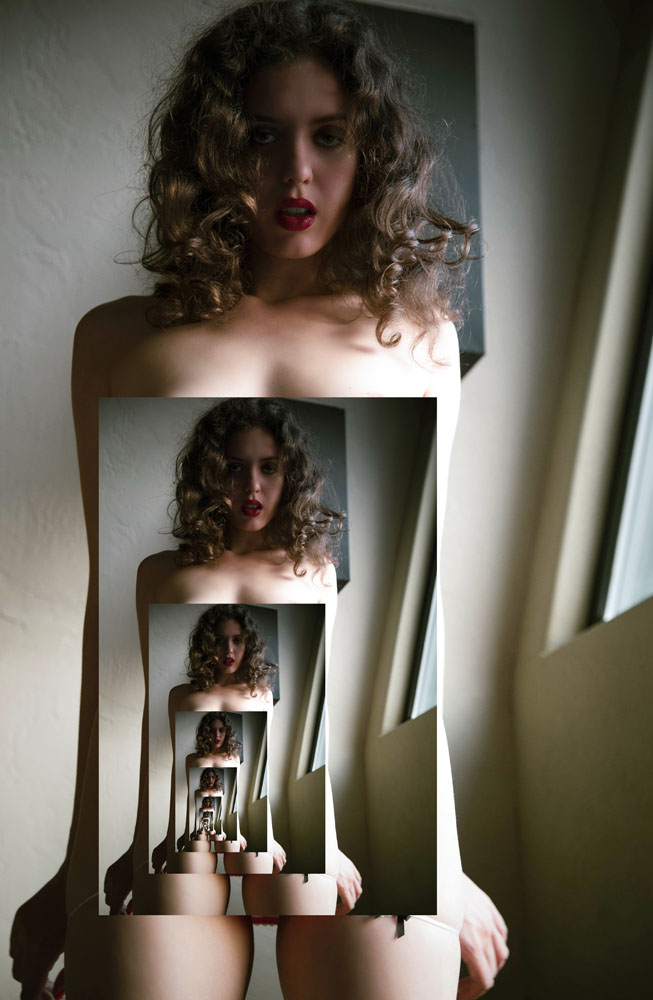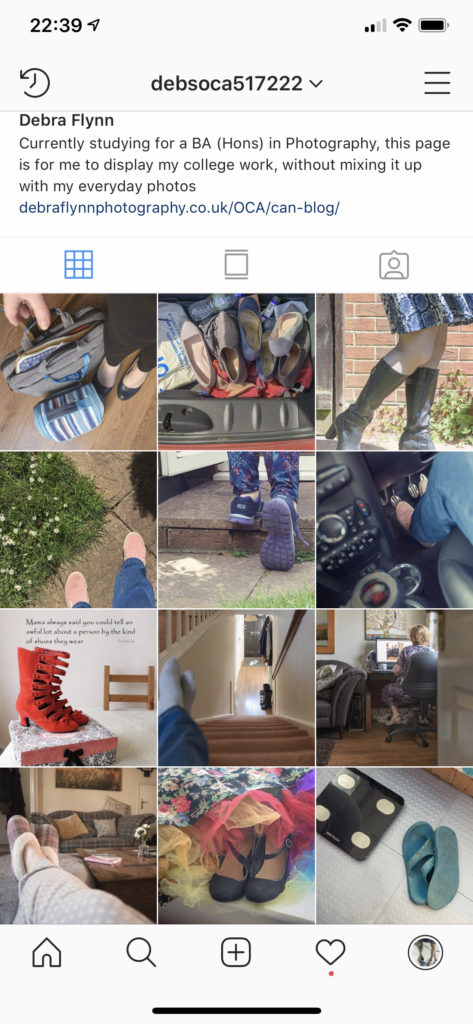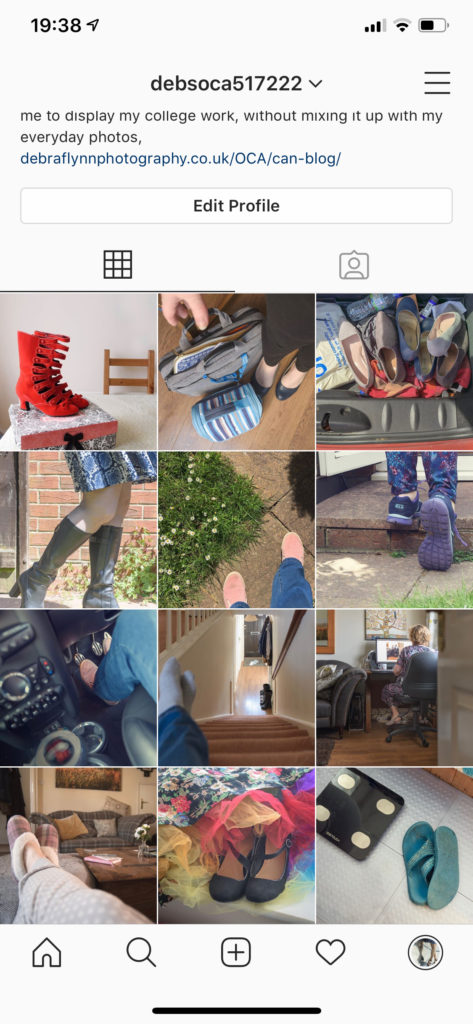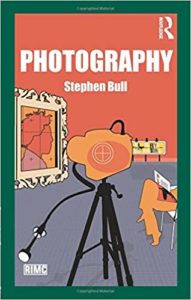Course Evaluation
Context and Narrative has really helped change my approach to creating and taking images. Through looking at and researching photographers and their images in context, it brings to life the image in much greater depth. I have started to look at images and wonder what the photographer had intended to convey and to question whether there is a story or is it just a decorative wall hanging.
My biggest take away from this course is that everything in an image matters. For you to truly convey your intended meaning you need to carefully consider what you include, what is implied and what elements may symbolise or denote to the viewer. Critically reflecting on others’ work is very enlightening for your own. I have also really enjoyed and benefited from the audiovisual conversation with my tutor. Getting feedback that helps develop an idea and see it through another’s eyes is really powerful. We have had some great debates about elements, particularly in Assignment 4. He has also been able to assess the direction of my work and point me to other photographers and texts that have helped me develop my work even further.
In each of the assignments, I have experimented with new ideas and pushed myself to personalise the images. I have taken my time with each of them and have been pleased with the results. I feel that Assignment 5 really is a culmination of the work done in course because I have built on the themes I have used for the other assignments, the truth portrayed in images. presenting visually unseen thoughts and emotions, self-absented portraiture and using surrogates and constructing an image to tell a story.
In fact, I have discovered that I like constructing images and really connected with the work of Noemie Goudal, Leah Schrager and Elinor Carruci.
During the course of the study, I have also learned some great writing techniques, such as the PEEL method of essay writing and the Cornell method of note taking. These have both helped me greatly with presenting my work. I also found a great website that formats Harvard citations for referencing. That has been a great help!
Reflecting on what I need to develop further, my tutor has encouraged me in each of my assignments to reference influences, such as other photographers work, theory and also to say why have discarded an idea, just as much as why I’ve picked one. In assignment 5 he suggested I look up historical use of flowers in art and their meanings. This is something I hadn’t considered, but when I did it added depth to the image and the story and also made me think about when I make an image, how do I want it to be displayed? I have tried to incorporate thinking about presentation in each of the Assignments, such as in Assignment 3 which is designed to be viewed on the Instagram platform. However, these are the things I want to work on in the next course.
Overall I have really enjoyed this course and I believe I have developed significantly in making more personal and contextual images.
I have used my blog as my repository for all of my course work, assignments and learning log – Debra Flynn Context and Narrative Blog
